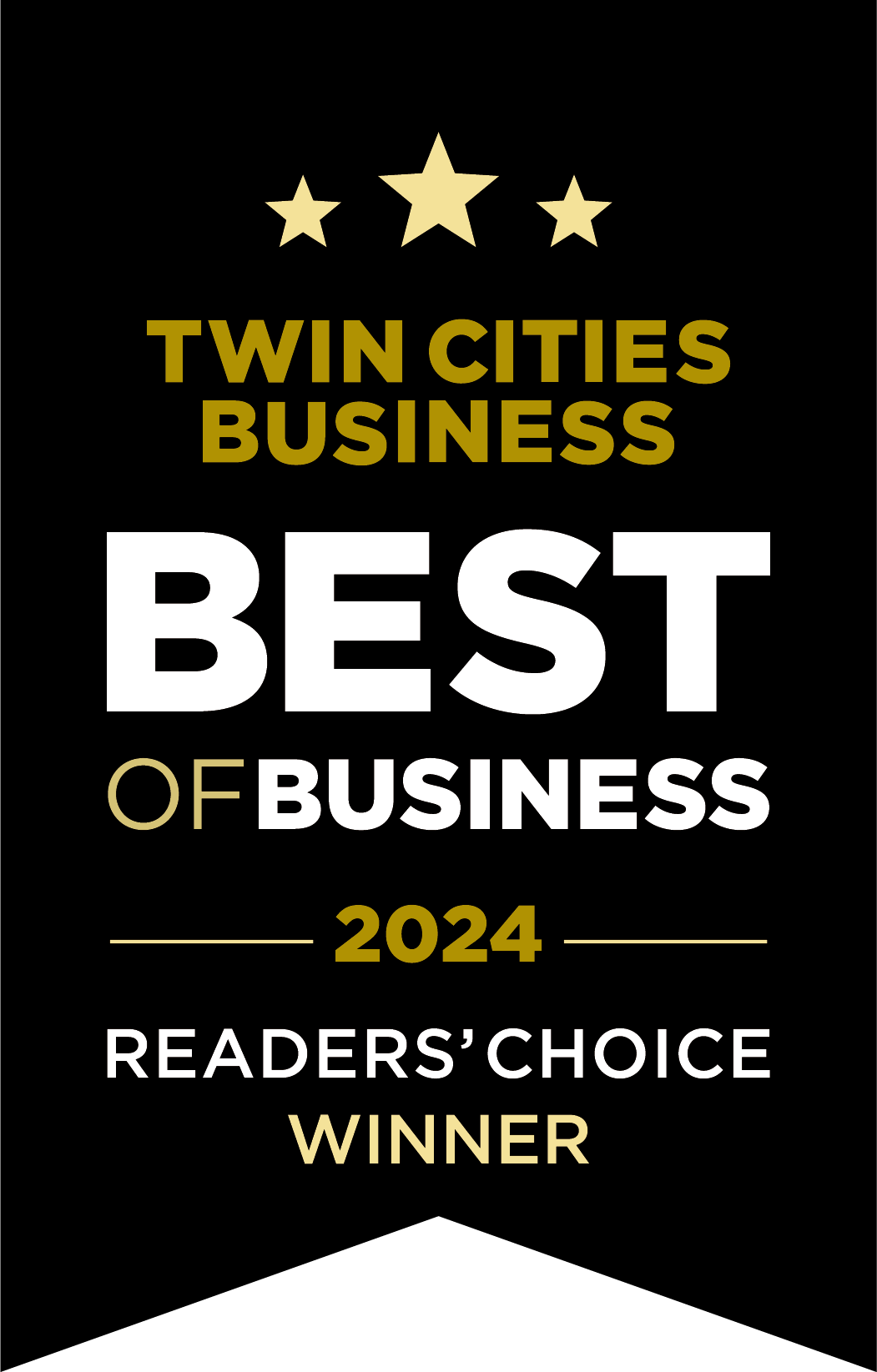Establishing an ESOP, or an employee stock ownership plan, might be the right option for your business, you, and your employees. If you’re thinking of implementing an ESOP, here are four factors you should consider first.
Your expectations for the sale
Do you wish to turn over your business to your employees, even if it means potentially leaving money on the table? Selling your business to an ESOP will almost always net fewer proceeds than if you were to sell to a third party. It’s likely there will also be more costs associated with becoming an ESOP than with a third-party sale.
The size of your company
To make the cash flow and annual retirement contribution limitations work, you must have enough employees, annual revenue, and net income. An accepted rule of thumb for establishing an ESOP is to have at least 20 employees who are qualified to participate in the ESOP and annual revenues of at least $10 million. For this reason, it’s important to perform an ESOP feasibility analysis before you get too far into the process.
The strength of your management team
After you exit the business, who will take the reins? Having a strong management team in place—before you establishing your ESOP—will make the whole process go much more smoothly and likely increase your sale price.
Your employee turnover rate
If your business has a high employee turnover rate, an ESOP may not be the right choice. Employee continuity is important for a successful ESOP. Without consistent employee numbers and leadership, an ESOP may not be a good fit.
Is employee ownership an option for your business?
The benefits associated with ESOPs apply only in the right situation. Before you decide to implement an ESOP, do your homework. Make sure it’s the right call for you, your family, and your employees. If you’re wondering if an ESOP would be feasible for your business, the CPA firm of John A. Knutson & Co., PLLP can help. Give us a call today to get started.


